Getting Into Competitive Shooting, Part IV
November 30th, 2019
5 minute read
Editor’s Note: This is part four of a five-part series on getting into competitive shooting. You can check out the other entries here:
- Part I: What Types Do You Like?
- Part II: Finding Where To Shoot
- Part III: See the Sports in Action
- Part V: Shoot Your First Match
The absolute best thing for all gun owners, firearm manufacturers and retailers, and shooting ranges is positive growth in the shooting community. As the shooting sports gain popularity, more matches are held, and more responsible firearm owners attend the matches, the sports gain even more legitimacy in the eyes of the public and we all benefit. So, I’m glad you’re back!
I know, it’s been a long road, and you have been itching to get into shooting competition. Time now for the next steps — to fully equip yourself and then get some instruction to learn the specific rules and procedures of your new sport.
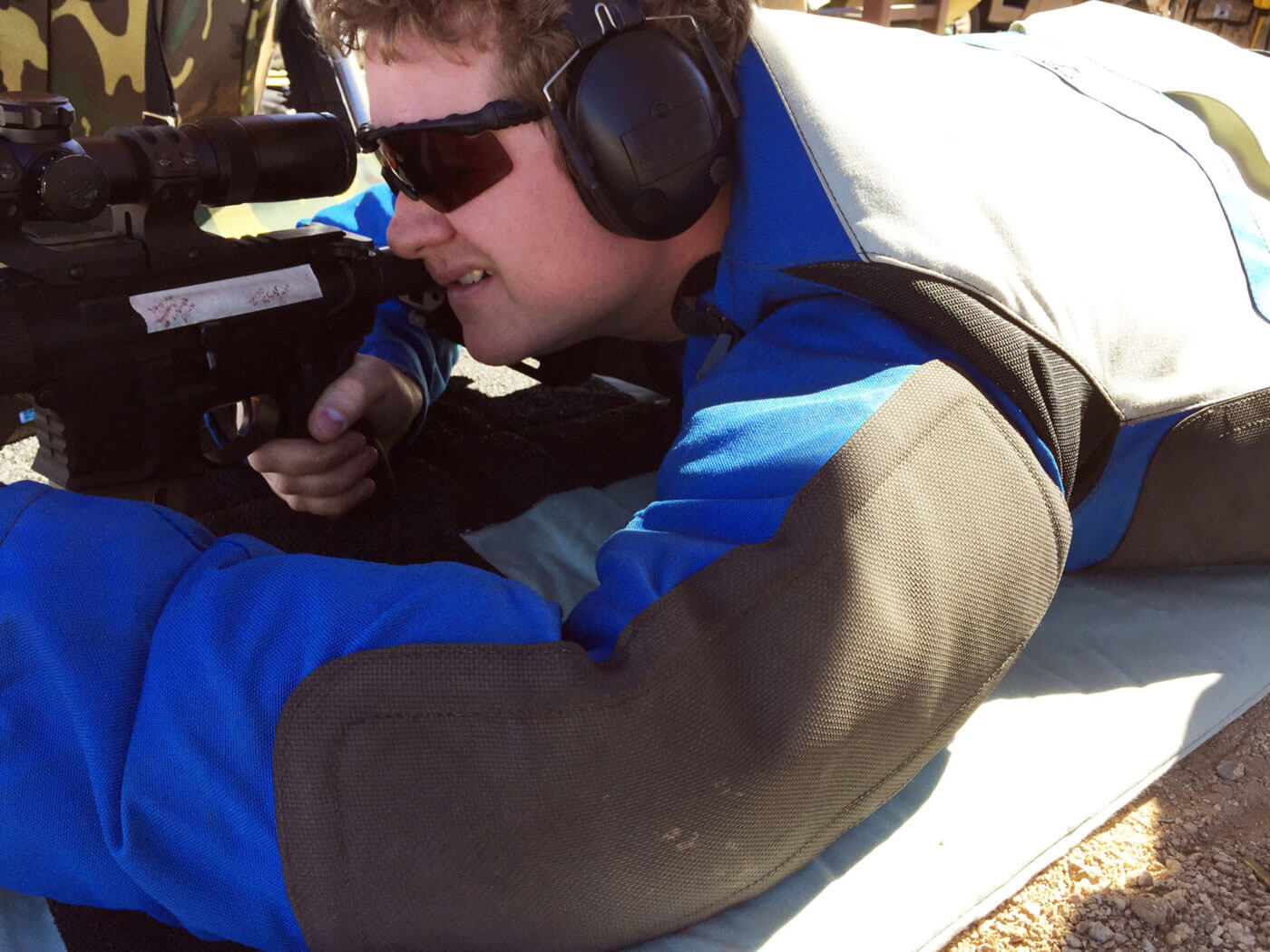
Do Equip Yourself
If you are like most new competitors, you’ve owned a firearm and some of the gear for awhile. Let’s just make a quick basic checklist to make sure you’ve got everything you need for your first intro class. Here’s what I recommend:
- Range bag
- Firearm and firearm case
- Magazines
- Ammo
- Eye and ear protection
- Belt, holster, mag pouches
- Sling, chest rig, shotgun shell carrier
You likely already own items one through five. You’ll probably need to purchase the gear under items six and seven based on the sport you have chosen and its respective equipment rules. Hopefully the research you’ve done on the shooting sport and its shooting community has pointed you in the right direction. There are lots of manufacturers when it comes to shooting gear/equipment, and your choices will come down to personal preference and budget. I have faith that you’ve chosen wisely.
Now that you are equipped with the essential gear, it’s time to dive into the procedures and rules of your new sport.
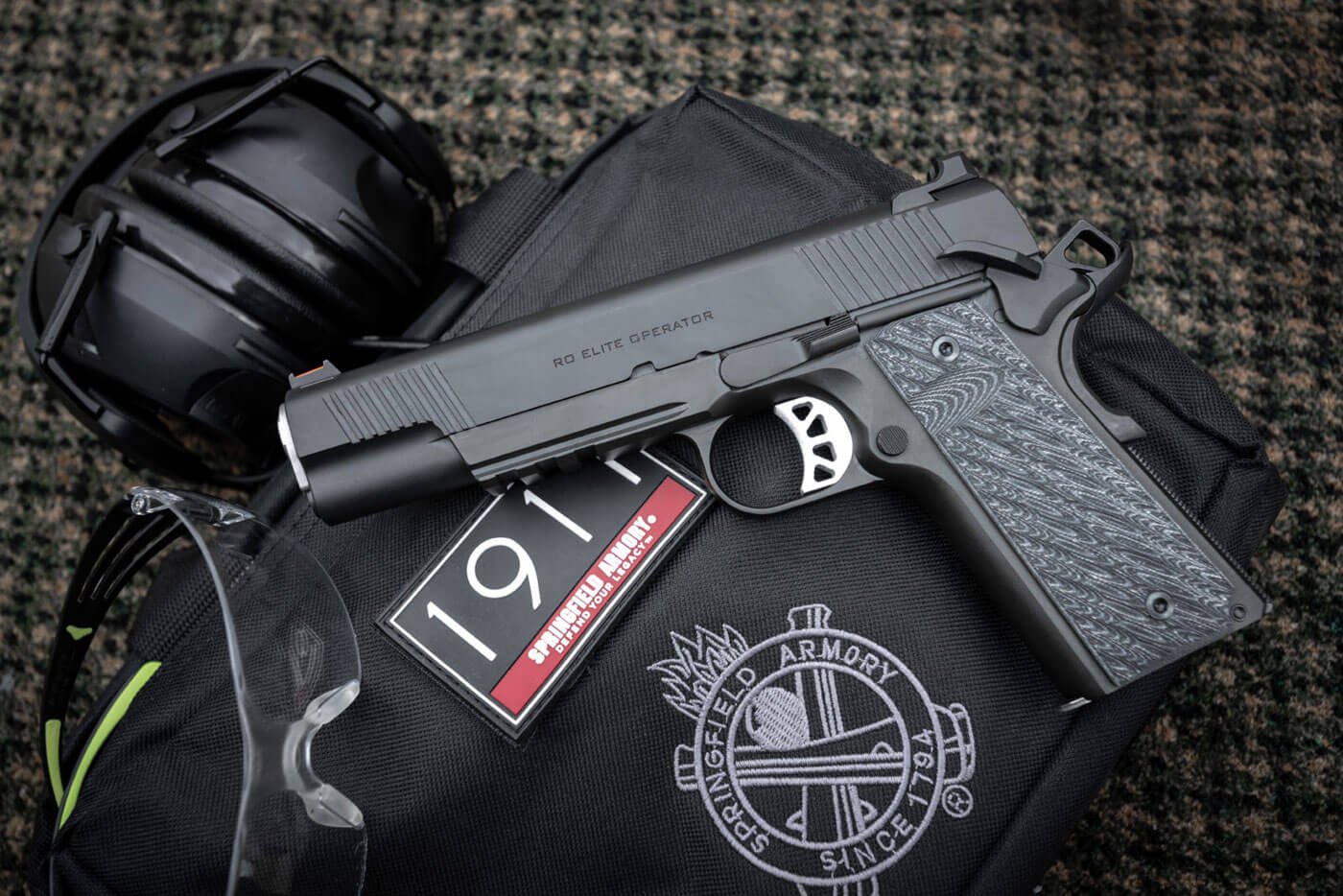
Don’t be a Rule Breaker
Since shooting sports come in so many shapes and sizes, there’s no way I can cover every type of sport and their specialized rules and regulations. The good news is, I don’t have to. The majority of clubs/ranges offer beginner instructional courses and events specializing in shooter safety and match procedures for different competitions. Luckily, competitive shooting sports have many experienced competitors dedicated to bringing new shooters into the mix in a fun and safe way. These “ambassadors” organize beginner competition courses and matches to help get new fish into the pond. Lots of “run what you brung” events exist that cater to new competitors with simple, straightforward courses of fire.
If the range does not offer a class for new competitors, find someone in the sport that can give you a private lesson/overview of the rules and procedures.
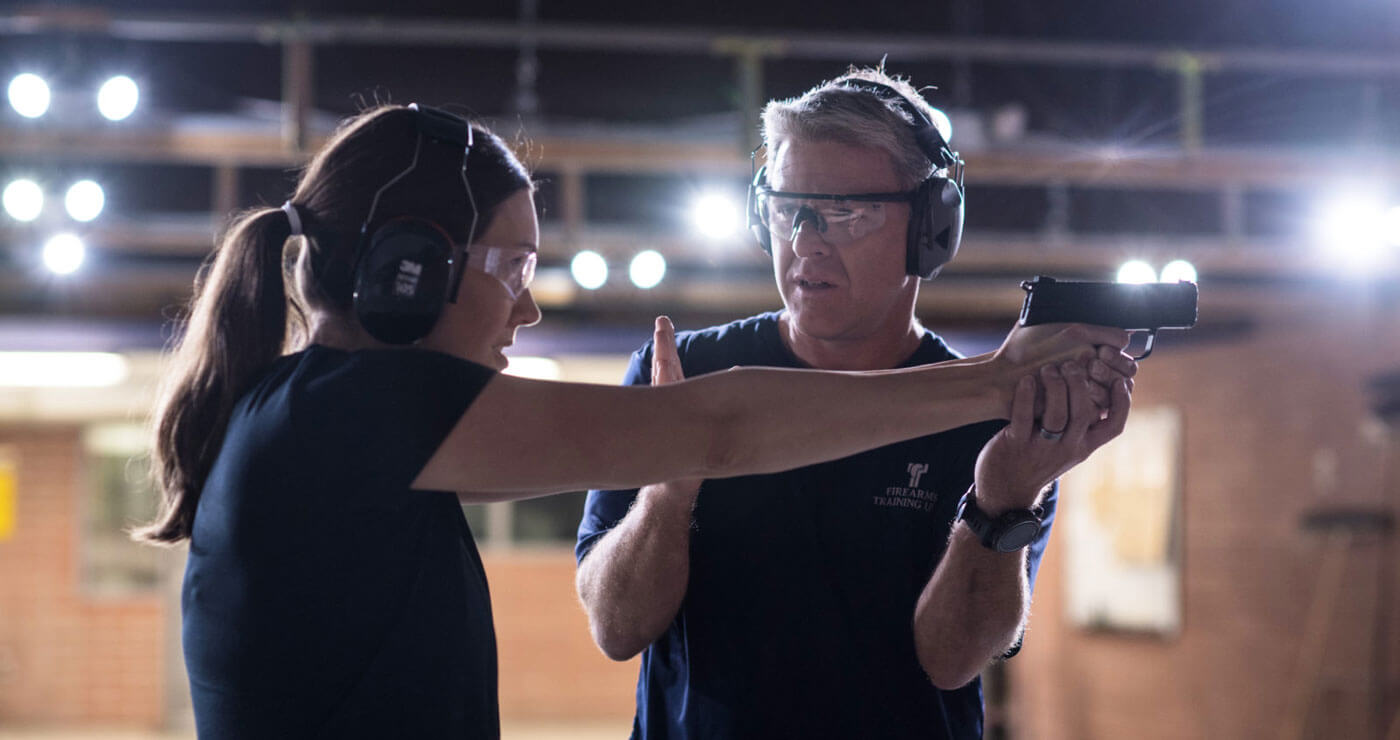
Don’t Be Insulted
One question you might have though is, “Why do I need to go to a beginner course or introductory matches? I can hit a (pick a small object), no bigger than a womp rat, consistently at (choose a distance) every time!”
This is both a common and valid question. The answer is simple, though; beginner courses exist to teach you the procedures of the match and how to safely participate/compete. Skydiving companies don’t let you rent a parachute and jump out of a plane all by yourself. First you have instruction, and then you jump tandem.
With this same logic, match introductory courses teach the specific range procedures, rules of the match and what you need to do to be safe, have fun and not get disqualified. Most shooting sports (with very few exceptions) have a defined “match” procedure and safety officers/range officers (SOs/ROs) that control each “stage” or course of fire. Learning the procedures, rules and safety expectations up front will only enhance the enjoyment of your competition journey.
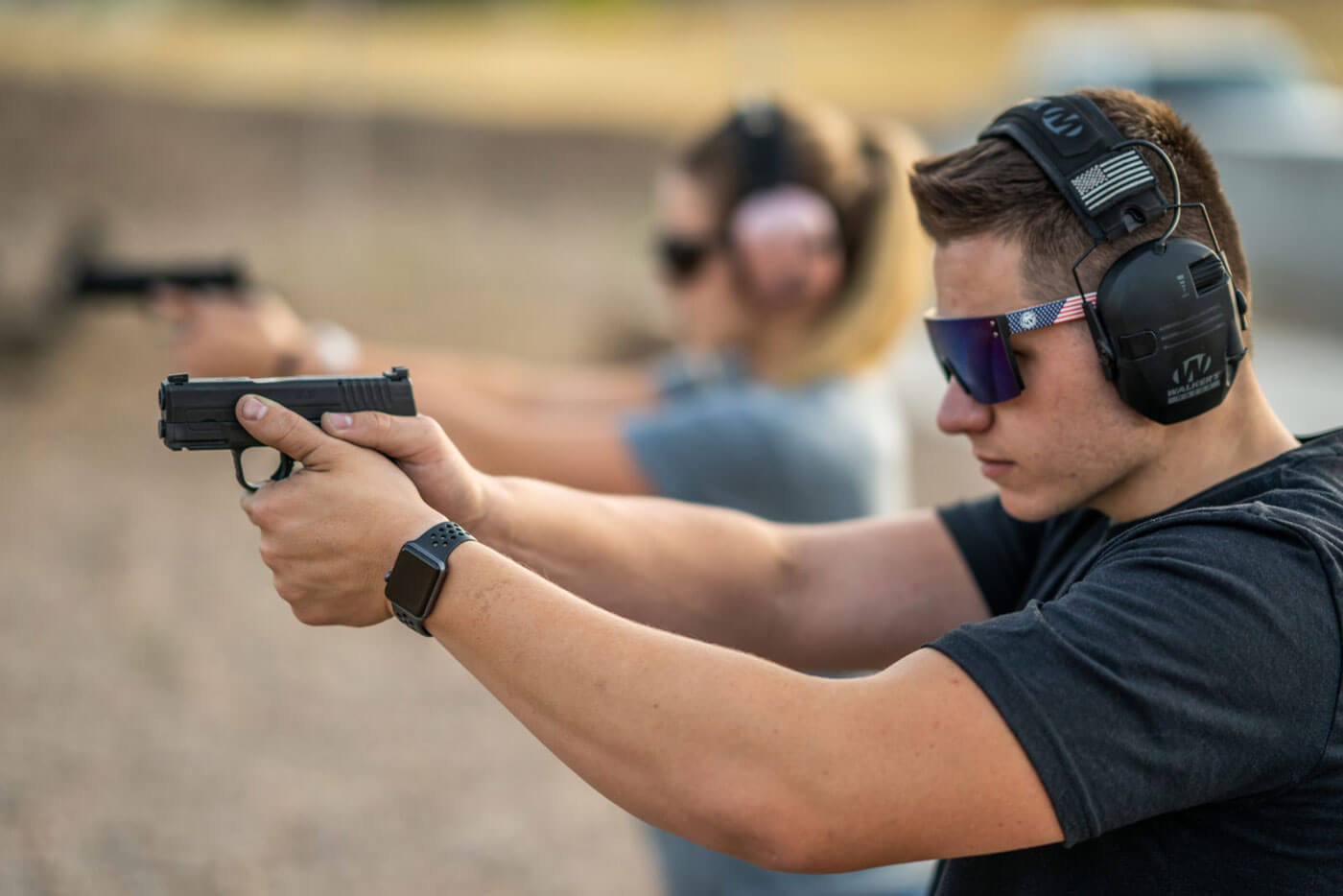
Don’t Join the DQ Club
Matches are successful due to lots of hard-working volunteers and stringent safety rules. You might be a crack shot, but do you know what the 90-degree (aka, 180 degree) rule is? Do you know all of the range commands and what each command specifically means? Do you know where the shooting sports expect your trigger finger to be when you are not shooting a target? Do you know what movement or wrong step might get you penalized, or worse yet, disqualified (DQ’d) from the event? What if you trip and drop your gun? Do you know what you should do? Or what happens if you have a major malfunction during a course of fire?
Like any sport or game there are rules to cover all of the possibilities and probabilities that occur during these events. So to play properly and safely so you don’t get DQ’d, you really need to learn the procedures and rules before you participate.
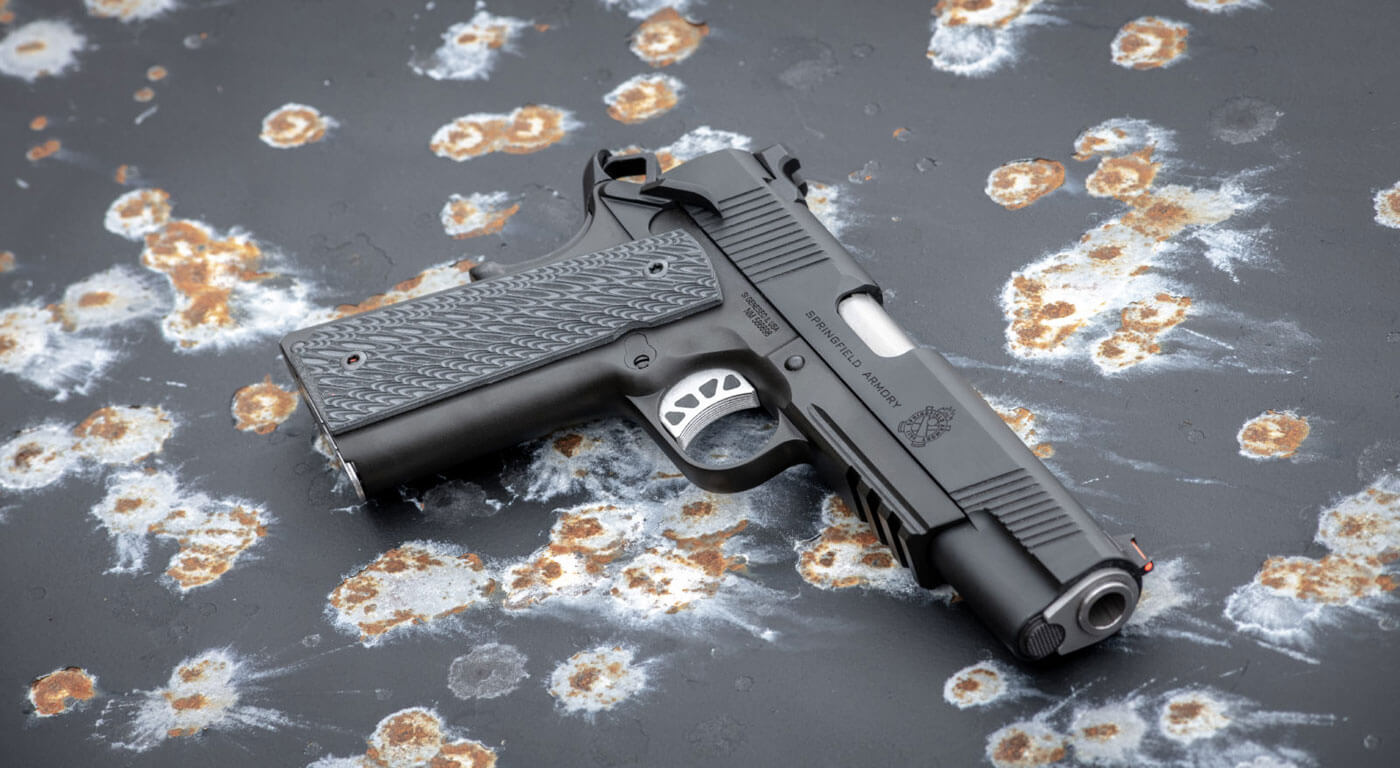
Do Take An Intro Course
An introductory course will teach you what to do (and what not to do) at the event. Most importantly, what to do when it’s your turn to shoot. So sign up and get ready to learn about your specific competitive event:
- Overall match and stage procedures
- Start positions and start procedures
- Gun start positions and safe gun conditions (external safeties/decocking)
- RO commands — before, during and after your run
- Safe firearm handling — specifically safe muzzle direction and trigger finger position
- Movement — how to safely move downrange/uprange/laterally
- Prop navigation — how to safety navigate around barricades/obstacles, move through doors, shoot through windows, etc.
- End of stage procedures — how to unload and safe your gun and transport it to the next stage
- End of match procedures
Once you learn the fundamentals of the match procedures, you’ll be ready to start competing in the matches. Whether your competition involvement evolves into a serious drive to finish better at every match, or just as a fun activity to enjoy on the weekend, your actual competition shooting journey physically starts here — after you have learned how to play the game safely and properly.
Join the Discussion
Continue Reading
Did you enjoy this article?

 33
33






